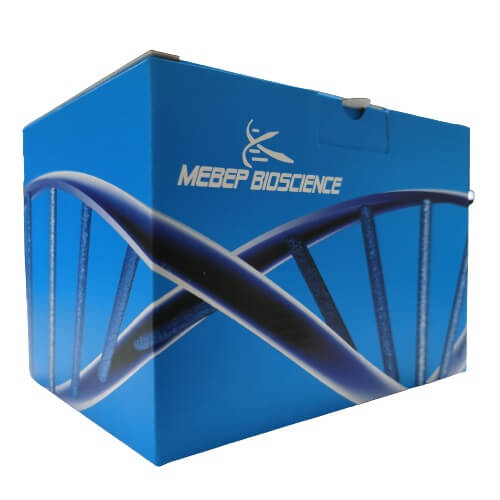
EASYspin Fast Blood RNA Kit
2024-12-27
EASYspin Bacterial Fast RNA Kit
2024-12-27Product Number: RNK0701
Shipping and Storage
1.All solutions should be clear. If the ambient temperature is low, the solution may form precipitates and should not be used directly. It can be heated in a 37℃ water bath for a few minutes to restore clarity.
2.Inappropriate storage at low temperatures (4℃ or -20℃) can cause solution precipitation, affecting the effectiveness of use. Therefore, transportation and storage are carried out at room temperature (15℃ -25℃).
3.To avoid volatilization, oxidation, and pH changes caused by prolonged exposure of reagents to the air, each solution should be covered tightly in a timely manner after use.
Components
| Component | Storage | RNK0701 50 Preps |
| Buffer RLT | RT | 50ml |
| Buffer RW1 | RT | 40 ml |
| Buffer RW | RT | 10ml |
| RNase-free H2O | RT | 10 ml |
| 70% ethanol | RT | 9ml RNase-free H2O |
| RNase free adsorption column RA and collection tube | RT | 50 |
Description
The unique Buffer RLT rapidly cleaves cells and inactivates cellular RNA enzymes. After adjusting the binding conditions with ethanol, RNA selectively adsorbs onto the silica matrix membrane in a highly dissociated salt state. Through a series of rapid rinsing centrifugation steps, Buffer RW1 and Buffer RW remove impurities such as cellular metabolites and proteins. Finally, low salt RNase free H2O elutes pure RNA from the silica matrix membrane.
Features
1.Completely do not use toxic reagents such as phenol, chloroform, Beta mercaptoethanol, and do not require steps such as ethanol precipitation.
2.Fast and simple, the operation of a single cell sample can generally be completed within 10 minutes.
3.Multiple column washes ensure high purity, with a typical OD260/OD280 ratio of 2.1-2.2 (the ratio of 100% pure RNA is generally around 2.2. Many companies' products have reduced ratios due to residual proteins or DNA, which cannot meet the purity standard of 2.2. Therefore, reducing the requirement by 1.9-2.0 is sufficient for use, but our product standards can generally reach high levels of 2.1-2.2 purity).



